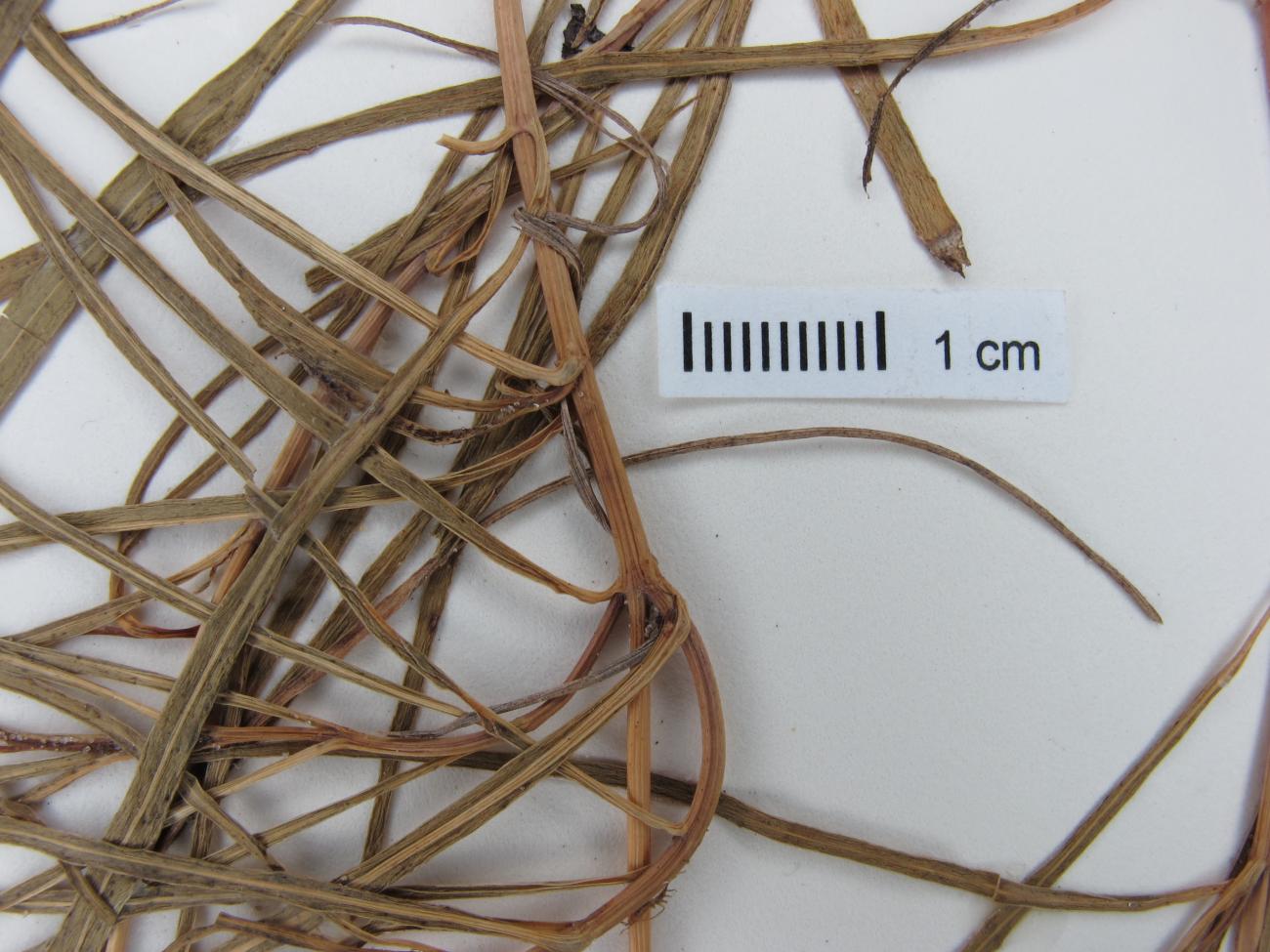Acmella
|
Family: Asteraceae |
Annuals or perennials, 10-20(-30+) cm . Stems prostrate to erect, usually branched ± throughout. Leaves cauline; opposite; petiolate [± sessile]; blades (usually 3-nerved) ovate to rhombic or lanceolate [linear to filiform], bases ± cuneate, margins entire or toothed, faces sparsely pilose to strigillose, glabrescent. Heads radiate or discoid [disciform], borne singly at tips of branches [corymbiform arrays]. Involucres ± hemispheric to ovoid, 3-6+ mm diam. Phyllaries persistent, 8-15+ in 1-3 series (distinct, ovate to linear, subequal or outer longer). Receptacles conic, paleate (paleae falling with fruit, ± navicular, membranous to scarious, each about equaling subtended floret). Ray florets 0 or 5-20+, pistillate, fertile; corollas yellow to orange [white or purplish] (laminae ovate to linear) [wanting]. Disc florets 25-100(-200+) bisexual, fertile; corollas yellow [orange], tubes shorter than campanulate throats, lobes 4-5, deltate. Cypselae 2-3-angled (peripheral) or strongly compressed, ellipsoid to obovoid (glabrous or ciliate on the 2-3 angles or ribs); pappi 0, or fragile, of 1-3 awnlike bristles. x = 13. Acmella pilosa R. K. Jansen has been reported as introduced in Florida (http://www.plantatlas.usf.edu); it differs from A. repens mainly by its more densely pilose stems and leaves and more truncate to cordate (versus cuneate) leaf bases.
|

